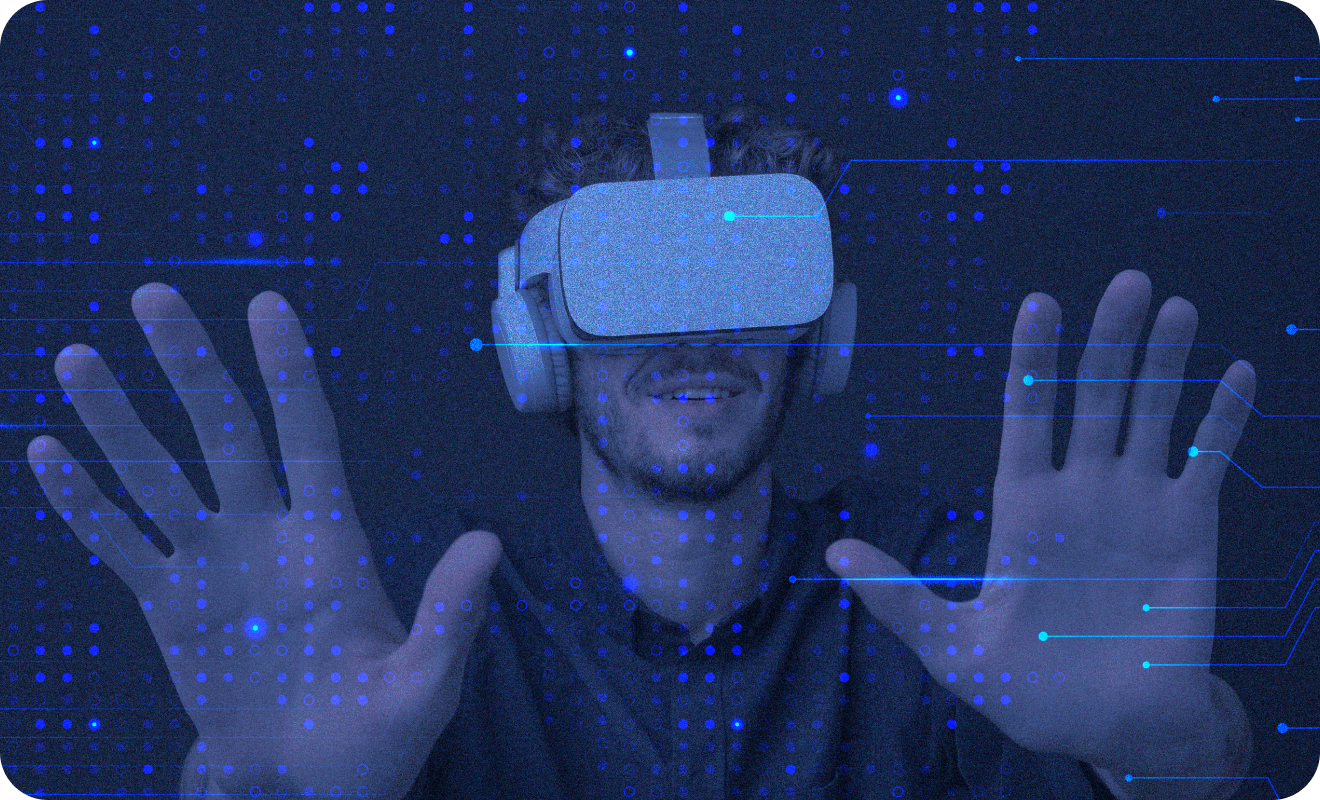Share this article
Digital twin technology has radically changed the way products are designed. By creating exact replicas of real-world models, it’s possible to thoroughly analyze how these systems behave in virtual environments.
Developing these prototypes helps companies reduce costs and create better products, with the security and assurance that comes from having digital tests prior to physical creation.
According to the Accuracy Consulting page, it predicted that the global market for digital twins would grow at an annual rate of 39.48% from 2020 to 2029. It is expected to exceed $93.11 billion by 2029.
What is a digital twin?
A digital twin is an exact replica of a product, system, or object created virtually, reflecting at all times how its real-world counterpart is functioning.
Digital twins can be used to represent behaviors or processes of real equipment, involving various types of technologies such as Artificial Intelligence (AI) and Machine Learning.

Digital prototypes reduce costs and improve products by offering testing prior to physical manufacturing.
Types of digital twins
- This is obtained when two or more product twins are combined. When studying the relationship between assets and products, optimizations are made with more realistic data.
- Product Twin: These combine two or more component twins to understand how they interact with each other and produce new information.
- Process Twin: Here, two or more systems are brought together to recreate entire warehouses or manufacturing lines, influencing decisions made to maximize commercial impact. It is the largest type of twin.
- Component Twin: These replicate only a part of a product or asset. From here, the creation of twins, from the real world to the digital world, begins. They are the smallest twins.
What is the utility of a digital twin?
Digital twins are generally used by industries, and their utility lies in the ability to analyze processes and product performance virtually. This approach allows for thorough evaluations before implementations that may incur significant costs in the real world. Thus, adjustments can be efficiently made, ensuring desired outcomes.
These actions enable professionals working on these systems to experiment, learn, and better understand physical equipment, facilitating testing without exposing physical equipment to unnecessary risks.
How does a digital twin work?
It can be created from physical data, such as that obtained from sensors, or from simulated data. This involves using AI technology, Machine Learning, the Internet of Things (IoT), and data analysis.
Generally, a data science expert studies the object to be replicated, and through mathematical models and software, the obtained data is replicated to create the product virtually. The software creates virtual systems that predict the process or performance of the product using various technologies to obtain precise data and analyze the different scenarios that the prototype may encounter.
The twins have three fundamental parts:
- The first is the physical product.
- Then, the product created virtually.
- And finally, the connections generated between both.
Which industries are using digital twins?
Numerous industries are adopting digital twin technologies to enhance their operations in key sectors such as:
- Manufacturing, which is experiencing significant growth and is the fastest-growing market with this technology.
- Healthcare, where it is reflected in the replication of organs and patients, as well as in conducting tests with drugs, significantly contributing to advances and more effective treatments.
- Energy, where they are used to predict consumption peaks and prepare adequately, thus optimizing resource management.
- Transportation, where they are used to create and test vehicles, as well as predict maintenance, contributing to significant savings in operating costs.
These twins help to:
- Improve efficiency and quality in the design and production of products.
- Anticipate and forecast the performance and reliability of systems.
- Identify and address potential issues before they manifest.
- Increase the safety and effectiveness of processes.
Advantages of Using Digital Twins
- Risk Reduction: They can help reduce risks or detect potential issues with equipment or products before they occur..
- Improves Company Performance: By having a digital twin, the company has more accurate information, improving its decision-making and thus its results.
- Remote Monitoring: Depending on the type of prototype or twin developed, these can be managed remotely, without the need to be physically where the physical product is located.
- Use of New Technologies: Virtual and augmented reality applications are used for the development of digital twins.
- Predictive Maintenance: This point is very relevant for factories, as they can detect possible failures that affect production with their prototypes, allowing them to perform timely maintenance in the areas where the equipment needs it.a.
How Does a Digital Twin Affect Product Development
Having digital twin prototypes makes product development faster and safer, as manufacturing a physical product involves many elements that the company cannot control.
By having these twins, potential digital errors that would incur more expenses and resources in their fabrication when done physically are detected. However, if clear data is available from the beginning, designers can explore without risk, having more opportunity to innovate without affecting production, creating prototypes with more accurate data, optimizing a more effective and efficient development
Additionally, it helps improve product safety, reducing risks and protecting consumers.
https://es-la.workplace.com/blog/digital-twinning
https://exactitudeconsultancy.com/es/informes/21116/mercado-gemelo-digital/















